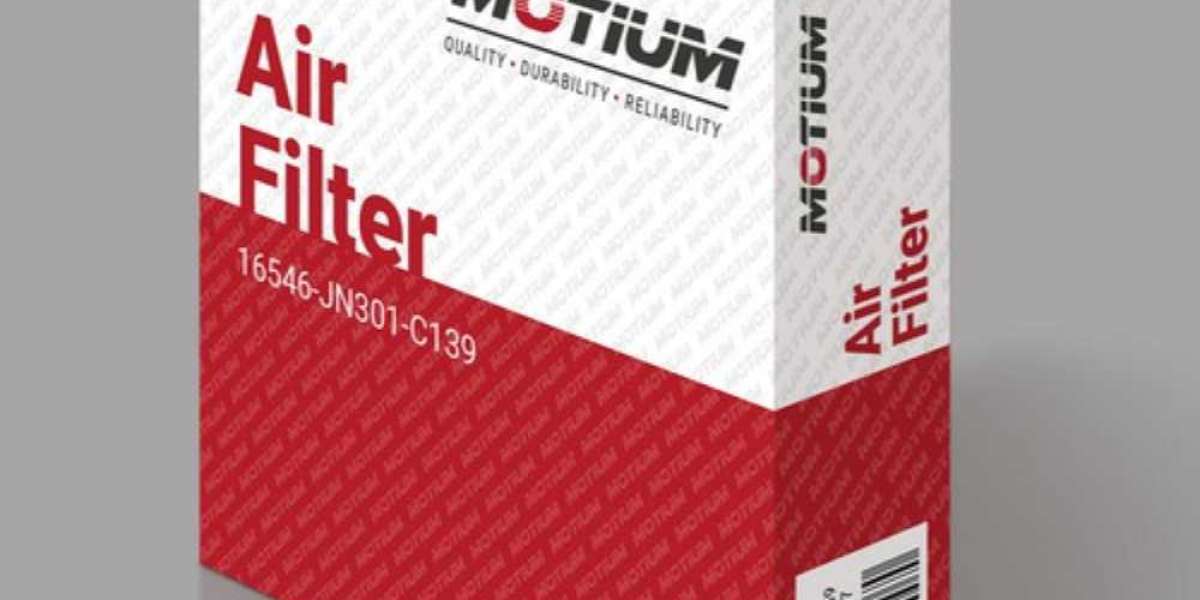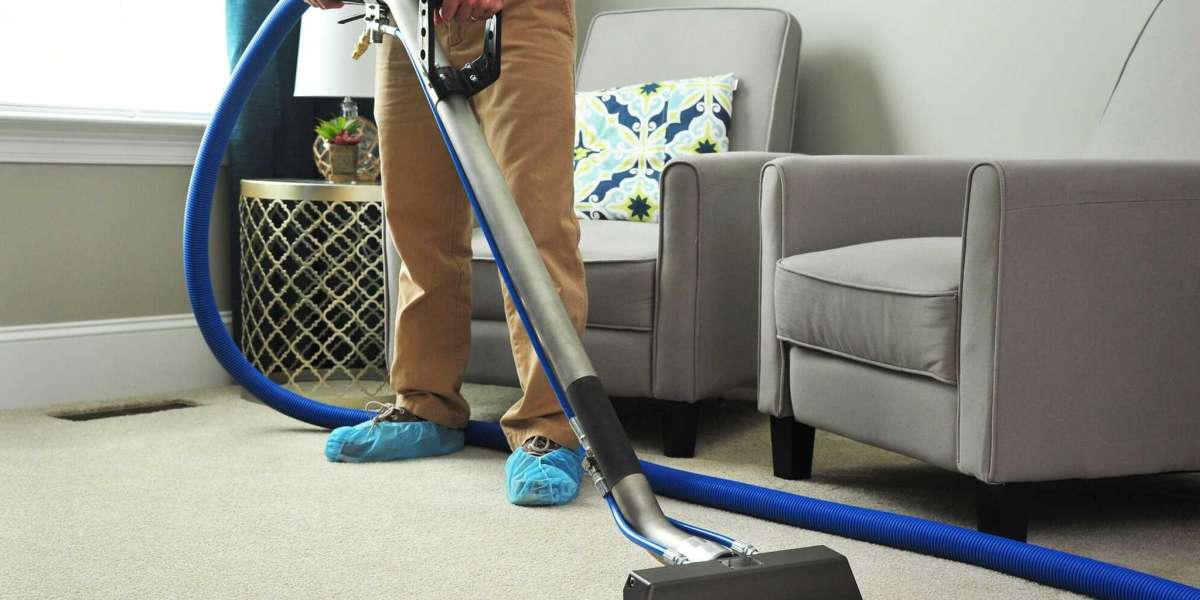Your Ford vehicle's radiator plays a crucial role in maintaining engine temperature by dissipating heat from the coolant. A faulty radiator can lead to overheating, engine damage, and costly repairs. This guide will walk you through everything you need to know about ford radiator repair from identifying symptoms to understanding the repair process and costs.
? Understanding the Role of a Radiator
The radiator is a central part of your Ford's cooling system. It works by:
Circulating coolant through the engine to absorb heat.
Transferring that heat from the coolant to the air via the radiator fins.
Returning the cooled fluid to the engine to repeat the cycle.
A well-functioning radiator keeps your Ford’s engine within the optimal operating temperature range, which improves performance and fuel efficiency.
? Common Signs Your Ford Radiator Needs Repair
Here are typical signs that your Ford’s radiator might be failing:
1. Overheating Engine
If your temperature gauge consistently reads high, or if you see steam under the hood, it's a strong indicator of radiator issues.
2. Coolant Leaks
Puddles of green, orange, or yellow fluid under your vehicle can signify a radiator leak.
3. Low Coolant Levels
If you're constantly topping up coolant, your radiator or hoses might be leaking.
4. Rust or Discoloration
Rust or mineral deposits on the radiator surface can reduce cooling efficiency.
5. Sludge in Radiator
Contaminated or sludgy coolant can clog the radiator, reducing its performance.
6. Radiator Fins are Damaged
Bent or clogged fins reduce airflow, limiting the radiator’s ability to cool the fluid.
?️ Diagnosing Radiator Issues in Ford Vehicles
Before beginning any repair, it’s essential to pinpoint the problem. Diagnosis may include:
Visual Inspection: Checking hoses, radiator cap, and the radiator itself for damage.
Pressure Testing: This helps identify leaks in the radiator and hoses.
Coolant Flow Check: Ensuring coolant circulates properly through the radiator.
Thermostat and Water Pump Check: Sometimes, these components are the root cause of overheating, not the radiator itself.
? Ford Radiator Repair Options
1. Radiator Leak Sealant
For minor leaks, sealants can provide a temporary fix. However, this is not a long-term solution and should be followed by a proper repair.
2. Radiator Hose Replacement
Damaged or cracked hoses are a common source of leaks and are inexpensive to replace.
3. Radiator Flush
A radiator flush can clear out rust, debris, and old coolant. It improves flow and efficiency.
4. Radiator Core or Tank Repair
Some radiators can be repaired by fixing the core or replacing the plastic tanks on the sides.
5. Radiator Replacement
If your Ford’s radiator is extensively corroded or cracked, a full replacement is the best option.
? Ford Models with Common Radiator Issues
Certain Ford models are more prone to radiator problems due to design or age, such as:
Ford Explorer
Ford F-150
Ford Escape
Ford Fusion
Ford Focus
Ford Mustang
Always check for recalls or service bulletins related to your vehicle's cooling system.
? Cost of Ford Radiator Repair
The cost of radiator repair can vary based on model and damage severity:
| Service Type | Estimated Cost (USD) |
|---|---|
| Radiator Flush | $70 – $120 |
| Hose Replacement | $50 – $150 |
| Radiator Leak Repair | $100 – $300 |
| Radiator Replacement | $300 – $900+ |
? DIY vs. Professional Repair
✅ DIY Radiator Repair
Suitable for minor jobs like coolant top-ups or hose replacement.
Requires basic tools and mechanical know-how.
Always ensure safety when working with hot engine components.
? Professional Radiator Service
Recommended for major leaks or complete replacements.
Mechanics can perform pressure tests, identify root causes, and offer warranties.
Ensures proper bleeding of the cooling system to prevent air locks.
? Tips to Maintain Your Ford Radiator
Check coolant levels monthly.
Flush radiator every 30,000–60,000 miles.
Use manufacturer-recommended coolant.
Inspect radiator and hoses for visible wear or corrosion.
Avoid using tap water in the cooling system—it can cause scaling.
? Conclusion
A properly functioning radiator is vital for your Ford’s engine health and performance. Ignoring early signs of trouble can lead to engine overheating and expensive damage. Whether you’re dealing with a small leak or planning a full radiator replacement, timely intervention is key. While DIY solutions are cost-effective for minor issues, professional repairs offer peace of mind for more complex problems. With regular maintenance and prompt repairs, your Ford radiator will keep your engine cool and efficient for many miles to come.











